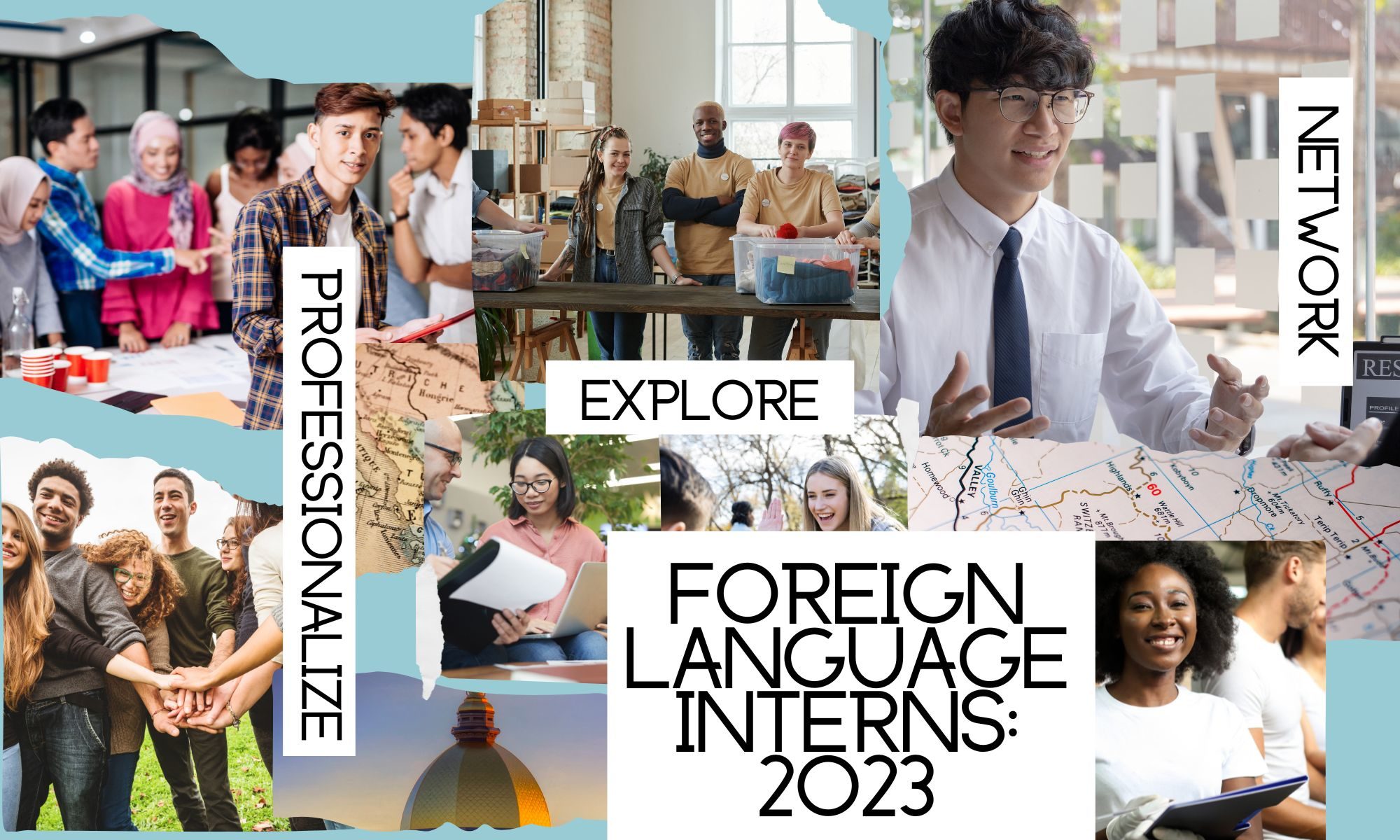Saludos! I have been back home for around two weeks now, soaking up the Texas sun, relishing in the 105 degree heat, and visiting my family members. Although I am overjoyed to be reunited with my family, I definitely miss my host family, my students at Sifais, public bus rides, and the fresh fruit served every meal.
Reflecting on my six weeks in Costa Rica, I am more than satisfied with my experiences. Through the visits created by Praxis Center, I gained more understanding of the history of Costa Rica and its resilience against Spanish colonization, as well as U.S. imperialism and exploitation of natural resources. Such excursions included visits to Monumento Nacional Guayabo in Cartago, a finca (farm) of the Bribri (an indigenous group) in Cahuita, Balvanera Vargas Park in Puerto Limón (one of the places Christopher Columbus landed). For me, one of the most meaningful aspects of these excursions was at the end of the finca tour when we all gathered together in community for dinner and listened to the head of the finca explain the significance of respecting and caring for nature. Hearing her passion for nature has made me reflect on how I can become more environmentally conscious and utilize more sustainable practices, especially in my future career field of architecture. Furthermore, I was able to really understand the majesty of nature during my trip to Volcán Poas with my host family. Feeling the mist blow onto my face as the clouds below moved to unveil the rich blue lagoon below was absolutely beautiful. These trips have provided me with indescribable and unforgettable experiences that I will cherish forever.
However, the most enlightening and enriching part of my time in Costa Rica was definitely the time I spent with my students at Sifais. I cannot fully describe the pure love, enthusiasm and vivacious spirits of the kids in Montessori. I enjoyed every second guiding the little toddlers through their activities and watching their minds develop as they learned how to solve the puzzles all by themselves. In addition to Montessori, I LOVED teaching my Spanish and English classes. (Again) Words cannot express how happy I was when two of my students finally mastered the alphabet. As mentioned in a previous blog post, in my Adult Conversational English class, I learned just as much from the students as they learned from me. Each class day we had conversations covering a variety of topics, ranging from cultural displacement and how we culturally define ourselves to Disney movies and princesses. Through our discussions, I learned so much about Costa Rica, including traditional dishes, places to tour, typical architecture, socioeconomic issues, and some of the flaws in its public educational system. Nonetheless, there were times I found it quite difficult to teach. When I focused on the dried-out whiteboard markers, lack of paper and technology, short attention span of the children, or the unequal educational obstacles my older students had to overcome, I felt defeated and incapable of teaching. Yet, when I moved my concentration from certain obstacles to the beautiful smiles, bright minds, creative souls, and warm hearts I encountered, I was able to creatively think of more engaging lesson plans for the children and could only focus on their growth and how to assist in continuing it.
Moreover, my experience caused me to look at my Latinidad and Latin America through a different lens. As mentioned in a previous blog post, one thing that continually surprised me throughout my time in Costa Rica was how different Panamá and Costa Rica are despite being neighbors. Differences in tone, food, and foreign influence really stuck out to me. This observation was quite significant to me, because I feel as though oftentimes we, as a United Statesian society and myself included, forget that cultural boundaries do not match the national boundaries imposed on the Americas by colonizers. For instance, upon visiting the Pre-Columbian Gold Museum in San José, I discovered why Chiriqui (in Panamá) and eastern Limon (in Costa Rica) are far more culturally alike than they are to their respective countries: they share the same indigenous. The Bribri and Ngäbe peoples have territory in both east Costa Rica and west Panamá; thus, certain cultural practices have been confined in one region but have “bled” into two countries. In the same way, although Costa Rica is in the middle of both Panamá and Nicaragua, Costa Rica shares more similarities with Nicaragua due to Costa Rica being colonized differently than Panamá.
This experience has truly taught me to live in the present, soaking up my current surroundings no matter my location and showing gratitude to nature. Additionally, I have been provided with a new outlook on how architecture can better reflect culture while addressing socioeconomic issues. Gracias (otra vez) to CSLC, SLA, and Praxis Center for such an unforgettable experience! Pura vida, mae!
